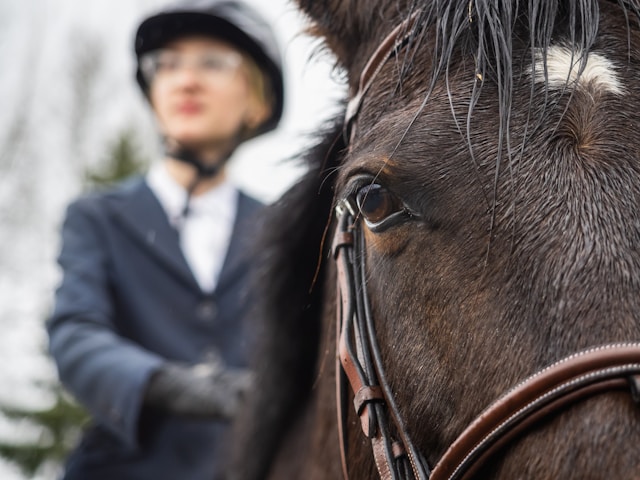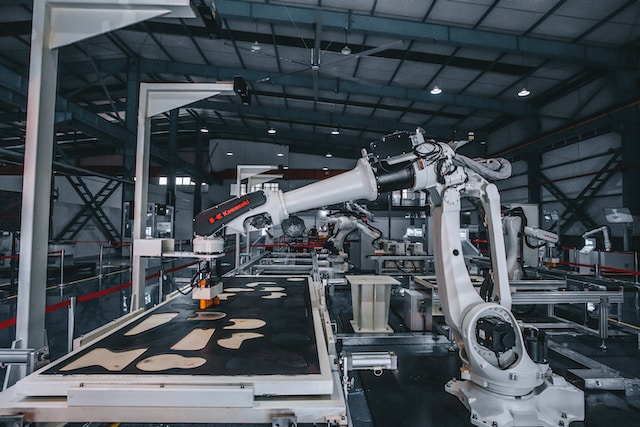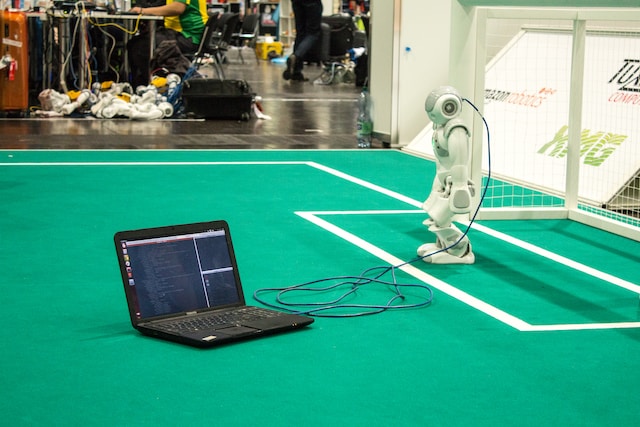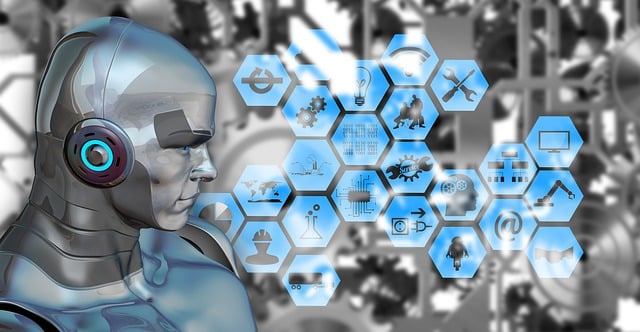What are Robot Jockeys and Will They Come to Horse Racing?
Horse racing is without a doubt one of the oldest and most thrilling sports on the planet. However, in the past couple of years, statistics show that its popularity has been decreasing. According to statistics, in the US alone, attendance at horse racing events has gone down by almost 30% since the start of the…





